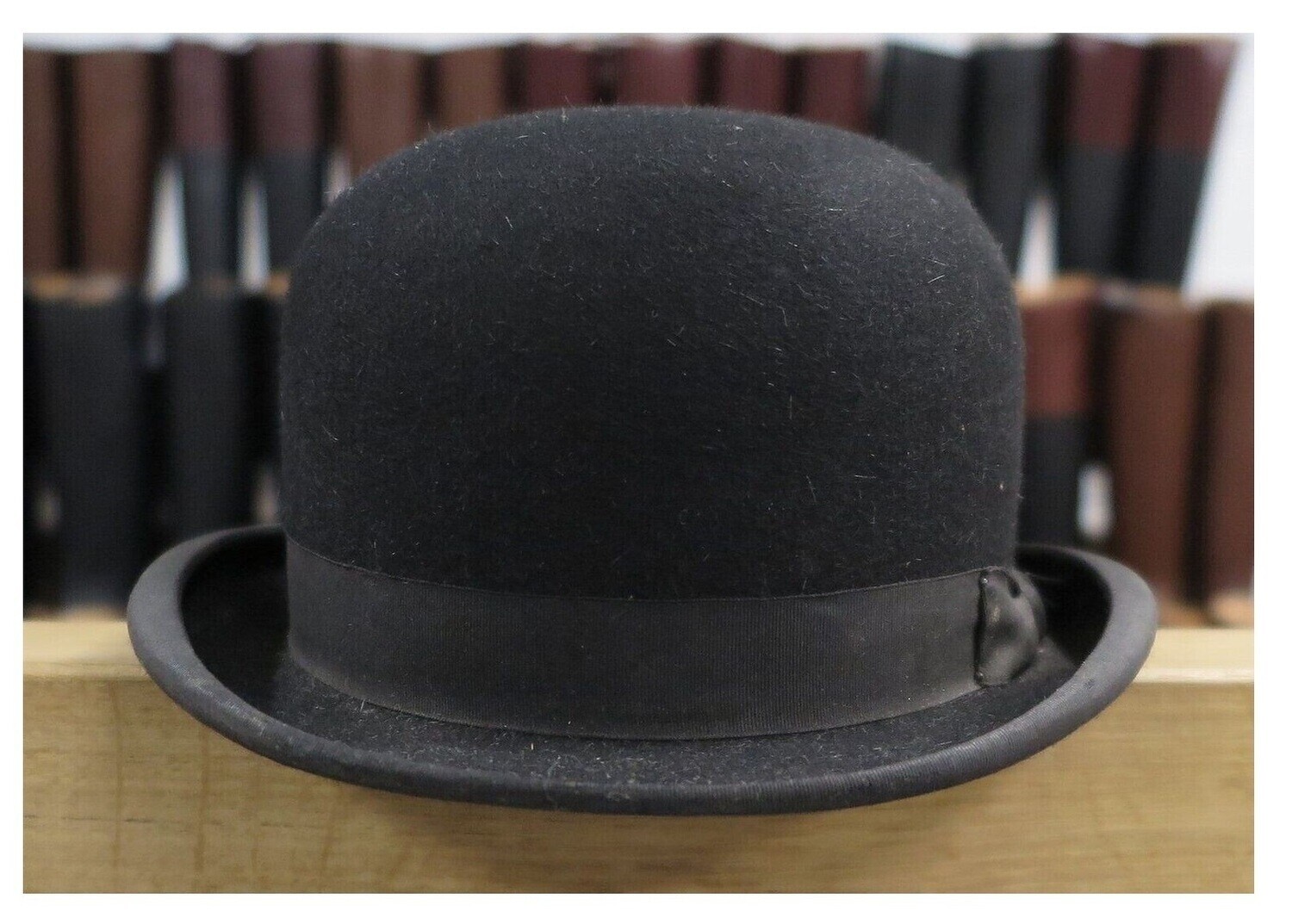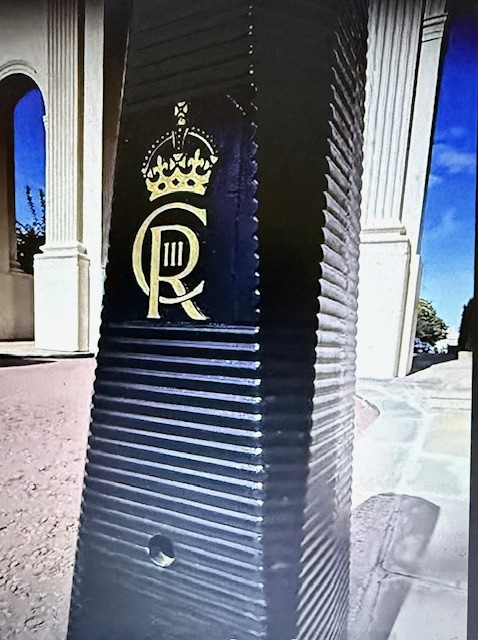Rudyard Kipling’s London: Key Historic Locations and Global Influence
Rudyard Kipling, one of the most celebrated authors of the Victorian and Edwardian eras, had strong ties not only to London but also to India and the United States, both of which deeply influenced his writing. His global travels and experiences shaped the themes of his work and gave him a unique literary voice. Among his notable interactions during his time in the U.S. was his famous meeting with Mark Twain, one of America’s greatest writers. This blog will explore Kipling’s London connections while touching on his ties to India, the U.S., and his encounter with Mark Twain.
1. Kipling’s Birthplace – 4 Villiers Street, Charing Cross
Although Kipling was born in Bombay, India in 1865, London played a significant role in his early life and career. His father, John Lockwood Kipling, worked in art and architecture in India, but London remained a central point of reference for the family. Kipling's exposure to both British and Indian cultures during his childhood left a lasting impression, seen in his works like Kim and The Jungle Book.
India was under British colonial rule during Kipling’s childhood, and its vibrant cultures, landscapes, and people inspired many of his stories. However, Kipling’s imperial views also sparked debate, with some considering him a voice of British colonialism. Despite this, Kipling’s deep affection for India shines through in his vivid descriptions of the country’s beauty and complexity.
2. The Savoy Hotel – The Strand
One of Kipling’s favorite haunts in London was the luxurious Savoy Hotel. Opened in 1889, it became a place where Kipling stayed regularly during his visits to London. The hotel’s opulent Edwardian charm made it a fitting retreat for a writer of Kipling’s stature, and he often worked on his stories here.
His love for travel also took him to the United States, where he developed a significant relationship with American literature and its writers. It was during this time that Kipling famously met Mark Twain, an encounter that left a lasting impression on him.
Kipling’s Encounter with Mark Twain
In 1889, a young and ambitious Rudyard Kipling made his way to the United States, eager to meet some of the great literary figures of the time. During his travels, Kipling sought out Mark Twain, whose works he greatly admired. Twain, already an established writer known for The Adventures of Tom Sawyer and Adventures of Huckleberry Finn, welcomed the eager Kipling into his Connecticut home.
Kipling was in awe of Twain, recalling their meeting with admiration. Twain, in turn, was impressed by Kipling’s energy and enthusiasm. Kipling later wrote about the experience, remarking how he had “met the mightiest man” in the literary world. Their conversation reportedly touched on literature, travel, and the differences between England and America, with Twain’s wit and humor shining throughout.
The meeting was a remarkable intersection of two literary titans, with Kipling on the rise and Twain already a revered figure. Though their writing styles differed—Twain being known for his sharp satire and humor, while Kipling often took a more imperial and adventurous tone—the mutual respect between the two men highlighted their shared love for storytelling.
3. Batemans Buildings, Soho
Kipling’s connection to Soho stems from his relationship with Macmillan & Co., his publishers. Batemans Buildings was once the center of London’s publishing world, and Kipling frequently visited the area to discuss his works. His short stories and poems often reflected his experiences in India and the complexities of British imperialism.
Kipling’s popularity in both the U.S. and Britain was largely due to his ability to capture the imagination of readers in both countries. His encounter with Twain only further cemented his connection to the American literary scene.
4. Westminster Abbey – Poets’ Corner
After his death in 1936, Kipling was honored with a place in Poets’ Corner at Westminster Abbey, a prestigious location reserved for Britain’s greatest writers. His global perspective, shaped by his life in India, time in the U.S., and London connections, made him one of the most influential writers of his time. Visitors to Poets’ Corner can pay their respects to Kipling, whose works continue to be celebrated worldwide.
5. Brown’s Hotel – Mayfair
Another important London connection for Kipling is Brown’s Hotel in Mayfair. Following the tragic death of his son John during World War I, Kipling stayed at Brown’s to grieve and reflect. The loss deeply affected him, and his writing in the aftermath became more introspective, exploring themes of loss, duty, and the cost of empire.
Kipling’s grief also led him to contribute to the Imperial War Graves Commission, where he played a role in memorializing British soldiers who had died in the war, including his own son.
Kipling’s Connection to India and the U.S.
Kipling’s life and career were shaped by his global experiences:
India, where he was born and raised, provided the backdrop for many of his stories. His deep connection to the country and its people is evident in his vivid portrayals of life in colonial India, though his works also reflect the complexities and contradictions of imperialism.
The United States became a second home for Kipling after his marriage to an American woman, Caroline Balestier. His time in Vermont, where he wrote The Jungle Book, was instrumental in shaping his views on nature and adventure. His meeting with Mark Twain further connected him to American literary culture.
Despite the distance between the two nations, Kipling managed to bridge both worlds through his storytelling, reflecting the changing dynamics of the British Empire and the rising influence of America on the global stage.
Following Kipling’s Footsteps in London
Rudyard Kipling’s ties to London, India, and the United States are integral to understanding his literary legacy. His connection to Mark Twain symbolizes the cross-cultural exchanges that influenced his work, and visiting key London locations—like The Savoy Hotel, Batemans Buildings, and Westminster Abbey—allows readers to explore the city through Kipling’s eyes.
These locations offer insight into the life of a writer who captured the imaginations of readers across continents, blending his experiences from three very different yet interconnected worlds.


.jpg)





